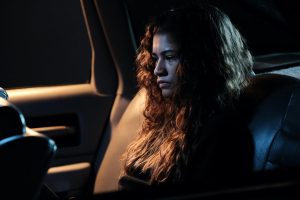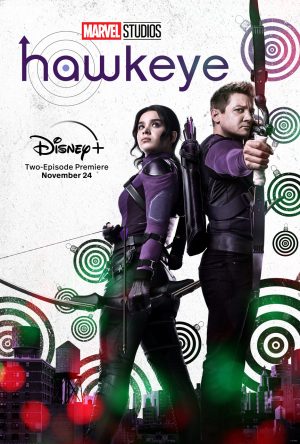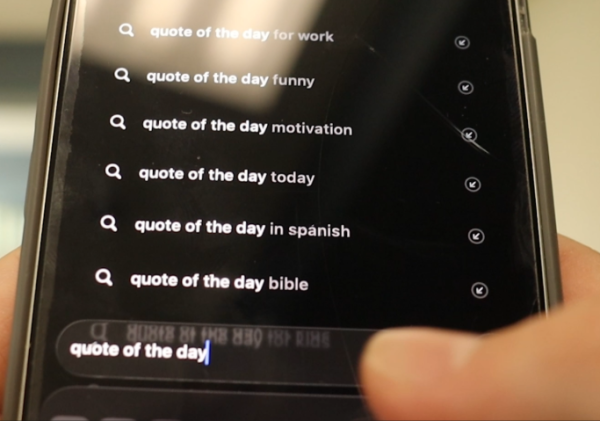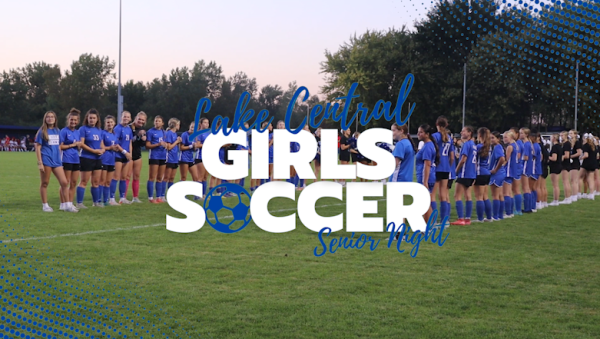Blatant Racism in the Classics: Why is it Ignored?
Disney+ features older films that include racist and stereotypical comments and actions. The company has added a content warning for these select films. (Disney+/TNS)
January 11, 2021
I watched Breakfast at Tiffany’s for the first time when I was about 13. Audrey Hepburn’s character, Holly Golightly, radiated elegance and style as a young woman in early 1960s New York City. I was inspired by Golightly’s almost modern-day carefree attitude and quickly fell in love with the film.
Unfortunately, though Tiffany’s is often referred to as a classic, it plays into extreme racial stereotypes that cannot be ignored. Nothing can excuse the harmful, stereotypical portrayal of Asian-Americans throughout the film. Mr. Yunioshi, an Asian-American character who lived in Golightly’s apartment building, was played by a white man who did not regret taking the role. As I’ve grown older and learned more, I have become less numb to the fact that in many fan-favorite films and novels, racism is treated as a common addition that gets glossed over.
Disney is one of the worst offenders when it comes to older films, including insensitive comments and characters. A lot of times people will show movies like Dumbo and Peter Pan to their kids without any regard for the inherently discriminatory content against BIPOC. Childhood favorites seem to be easy to romanticize, and in my eyes it seems that parents find it easier to believe that their kids will not understand the prejudice shown in those movies. The company has since added small content warnings on their Disney+ app for films that contain racist comments or characters after receiving backlash, but this may not be enough for young children to understand why what they are watching is wrong.
In middle and high school, many students end up reading required novels like To Kill a Mockingbird and The Adventures of Huckleberry Finn. While I think the reason these are taught is not to ignore racism, unfortunately they seem to go about the topic the wrong way. To Kill a Mockingbird has been criticized for portraying characters with a white savior complex rather than giving its Black characters actual personality traits and critical development. English teachers who treat this book like a great example of how to respond to injustice while not reading any books from people of color’s perspectives are not doing their students any favors.
So what are we supposed to do? Do we have to completely rule out watching or reading old content that we used to look at with rose-colored glasses? Because so much of the older media people consume nowadays includes offensive comments or actions, there have been calls for books and movies to be censored or banned altogether. In most cases, I think movies and books are fairly replaceable, and it would not be that hard not to consume them again. While I don’t necessarily believe that people shouldn’t be allowed to watch or read their childhood favorites, it is important that instead of pretending that everything was fine in the first place, we need to learn from them by observing what went wrong and how we need to have grown since then. It is children’s parents’ responsibility to bring them up in an accepting household and teach them right from wrong, and if they are showing them content that needs to be explained, they need to do the explaining. We cannot just go about our lives without trying to educate ourselves and do better.
















